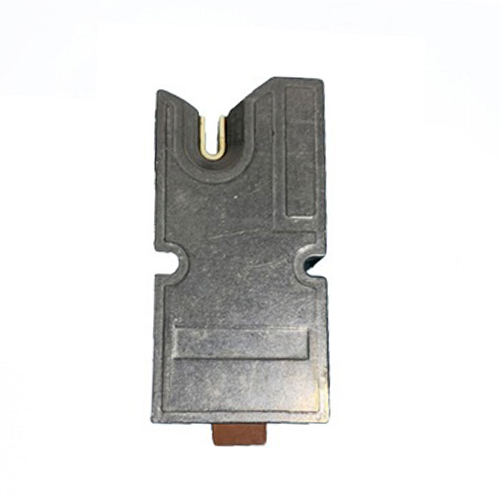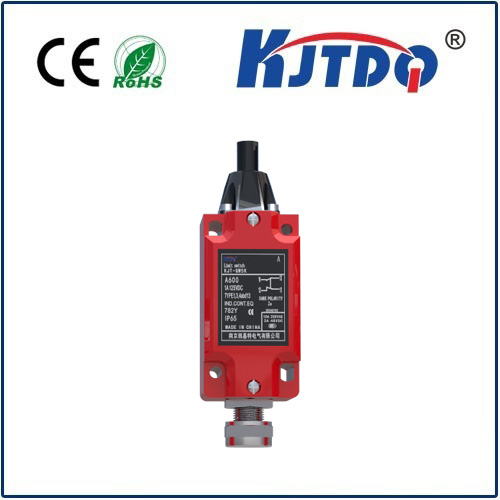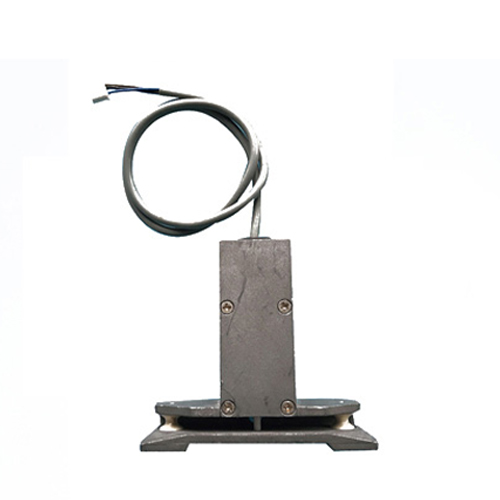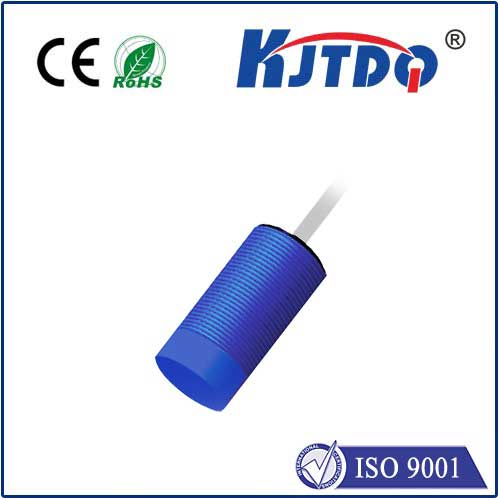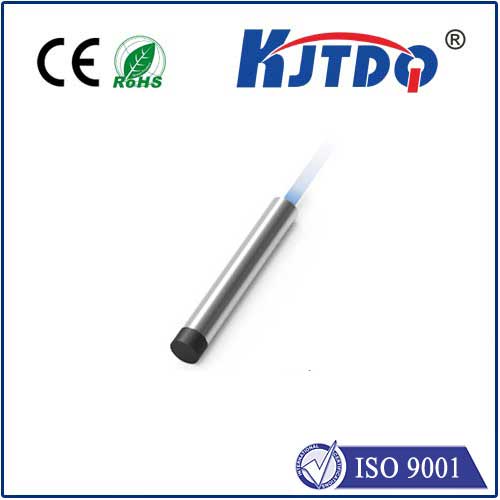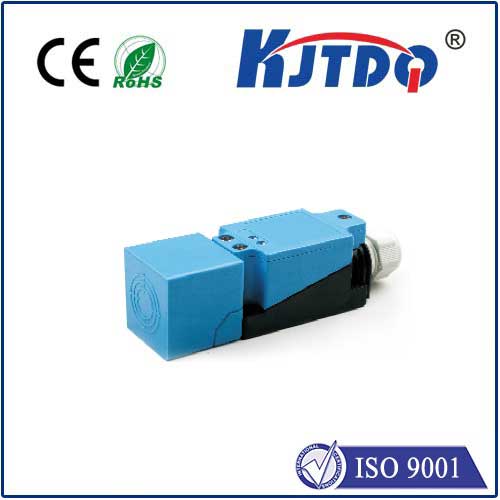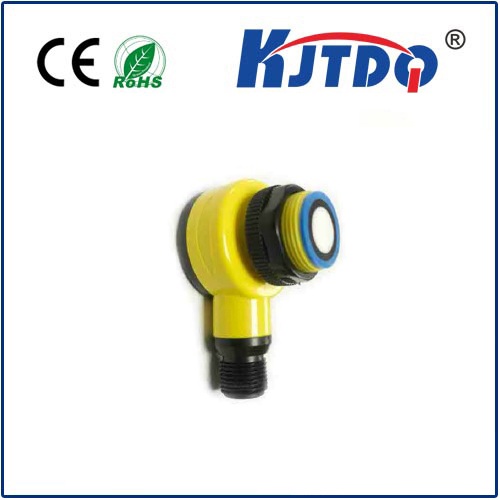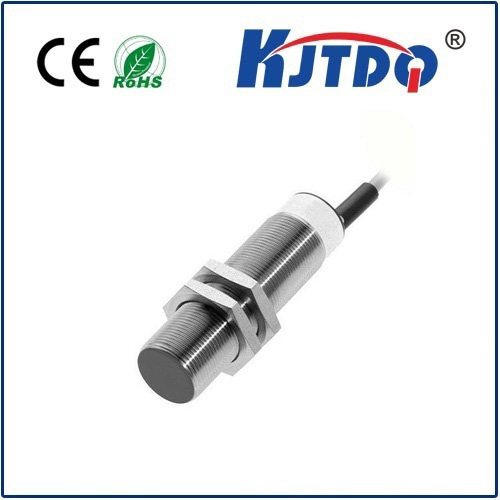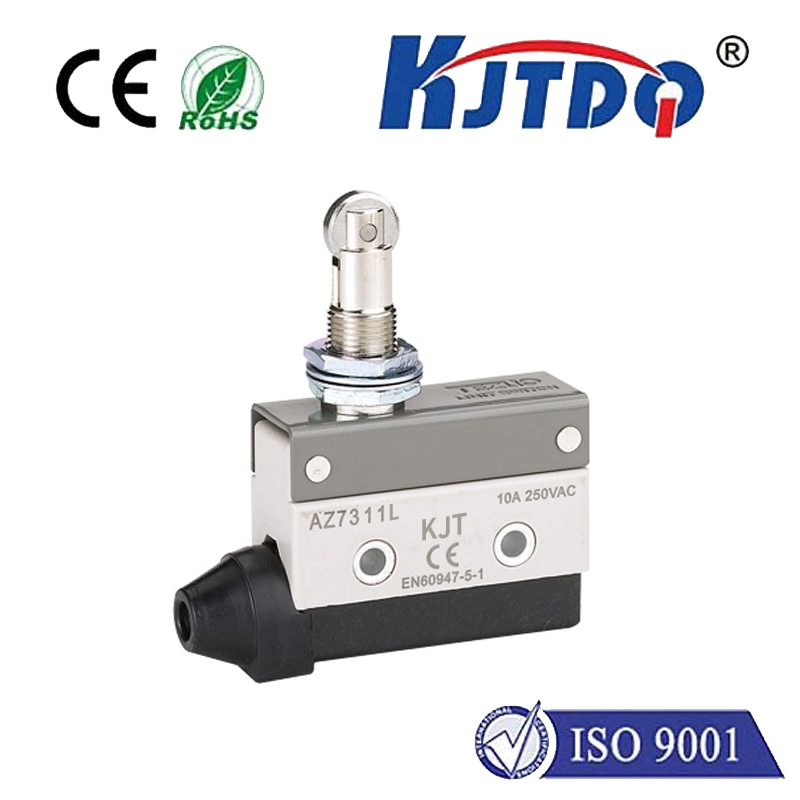temperature logging
- time:2025-08-25 01:27:05
- Нажмите:0
The Essential Guide to Temperature Logging: Why Accuracy Matters Every Degree
Imagine a warehouse manager arriving to find thousands of dollars worth of temperature-sensitive pharmaceuticals or gourmet food spoiled. The culprit? Not always a catastrophic equipment failure, but often an undetected drift outside the safe range, silently compromising product integrity for hours or days. This is the stark reality temperature logging aims to prevent. Accurate temperature logging is the silent guardian of quality, safety, and regulatory compliance across countless industries. It transcends simple measurement; it’s about capturing a continuous, verifiable history of environmental conditions.
At its core, temperature logging involves systematically recording temperature readings at specific intervals over time using specialized devices. While a thermometer gives you a momentary snapshot, a temperature logger provides a detailed timeline. This continuous monitoring is non-negotiable for anything sensitive to thermal variance. Modern systems capture temperature, often alongside Влажность, location data (GPS), and precise timestamps, creating an unbroken chain of custody evidence crucial for audits.

Why is meticulous temperature logging so critically important?
- Product Integrity & Safety: For perishables like food and pharmaceuticals, even brief exposure to temperatures outside the designated range can cause spoilage, reduce efficacy, or pose serious health risks. Precise temperature control validated through logging is fundamental to consumer safety. In the food chain, pathogens like Listeria or Salmonella can multiply rapidly in the “danger zone” between 40°F (4°C) and 140°F (60°C). Logging proves safe storage and transit.
- Regulatory Compliance: Industries face stringent regulations. The FDA’s Food Safety Modernization Act (FSMA), USDA guidelines for cold chain logistics, Good Distribution Practice (GDP) for pharmaceuticals, Good Manufacturing Practice (GMP), and legal metrology standards all mandate reliable temperature records. Comprehensive temperature logs are often the primary proof of adherence during inspections. Failure to provide accurate records can lead to hefty fines, product recalls, or operational shutdowns.
- Quality Assurance & Process Optimization: Consistent temperature is vital for manufacturing processes (chemical reactions, fermentation), laboratory research (incubators, freezers), and artwork/museum preservation. Logging identifies subtle deviations or trends impacting quality. Analyzing log data reveals inefficiencies, helps optimize HVAC systems, prevents equipment malfunctions proactively, and ultimately saves energy and costs.
- Asset Protection & Risk Mitigation: Sensitive equipment, server rooms, and biological samples represent significant investments. Temperature logging guards these assets against damage from overheating or freezing. It provides objective data for insurance claims and dispute resolution if temperature excursions occur during storage or transport.
- Meeting Customer & Partner Requirements: Businesses increasingly demand proof of proper temperature handling from their suppliers and logistics partners. Robust temperature logging systems provide the verifiable evidence needed to build trust and maintain vital partnerships.
Modern Temperature Logging Technology: Beyond the Clipboard. The era of handwritten charts is fading, replaced by sophisticated solutions:
- Electronic Data Loggers: These dedicated devices are the cornerstone. Ranging from simple single-use loggers for shipments to advanced, multi-channel, Wi-Fi, Bluetooth, or cellular-enabled units for permanent installations. They boast high accuracy, long battery life, and extensive memory. Smart sensors continuously capture readings.
- Sensors & Probes: High-precision probes can be placed directly in materials (like food core temperature) or specific zones within a storage unit, connecting to a central logger or monitoring system. Sensor placement is critical for representative readings.
- Software & Cloud Platforms: Raw data is transformed into actionable insights. Cloud-based monitoring systems offer real-time dashboards, remote alerts via SMS or email for excursions, powerful data visualization, automated report generation for audits, and secure centralized storage. This represents a quantum leap in accessibility and responsiveness.
- Real-Time Monitoring Systems: For mission-critical applications, systems provide live temperature feeds and immediate notifications, allowing for instant corrective action before significant damage occurs. This is essential for vaccine storage or high-value perishables.
Implementing Effective Temperature Logging: Best Practices
- Define Critical Parameters: Identify exact temperature ranges, required accuracy (e.g., ±0.5°C), sampling frequency (every minute, hour?), and critical monitoring points (e.g., warmest spot in a fridge).
- Calibration is Key: Regular calibration against a NIST-traceable standard is non-optional for ensuring logger accuracy. Maintain detailed calibration records.
- Strategic Placement: Position loggers/sensors where temperature matters most and where it’s most likely to deviate (doorways, away from vents, within product load). Avoid direct sunlight or heat sources.
- Set Meaningful Alarms: Configure upper and lower alarm limits with appropriate notification protocols. Ensure alarms trigger before product damage occurs.
- Data Management: Establish clear procedures: who collects data, how often, where it’s stored (secure cloud preferred), backup frequency, and retention periods per regulatory requirements.
- Validation & Review: Audit logs routinely. Validate that the entire system (loggers, sensors, software) functions correctly together and captures data reliably. Analyze trends for optimization opportunities.
Investing in a robust temperature monitoring strategy isn’t just about compliance; it’s an investment in quality assurance, risk management, and operational excellence. Whether safeguarding life-saving medicines, ensuring food reaches tables safely, preserving priceless artifacts, or guaranteeing manufacturing consistency, precise temperature logging provides the objective data foundation upon which trust, safety, and regulatory adherence are built. Choosing the right technology – reliable data loggers, accurate sensors, and powerful monitoring software – and implementing best practices ensures your temperature-sensitive processes are documented, protected, and continually improved.

